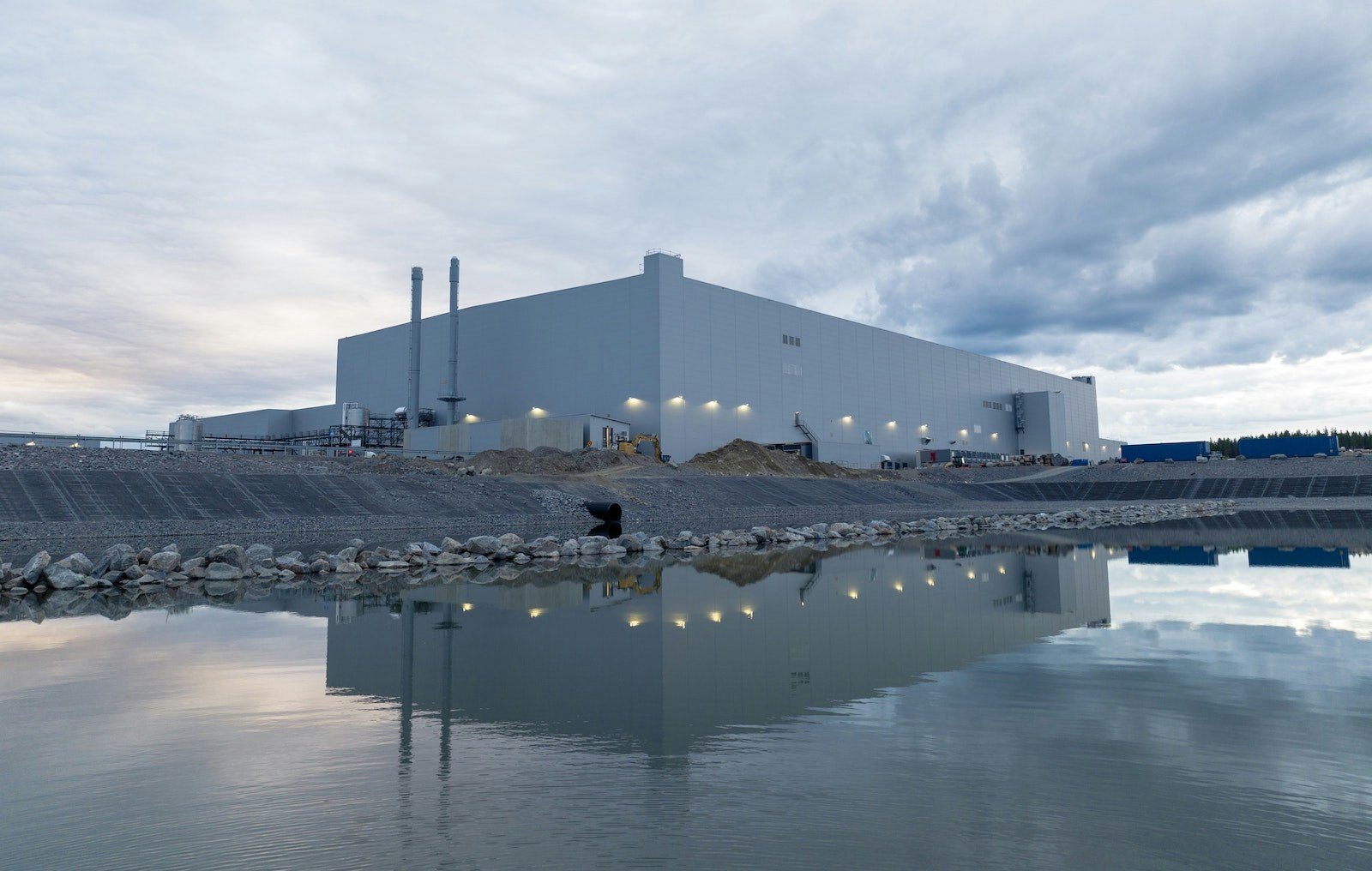There’s frequent talk about the lack of late-stage funding for climate tech companies. The drought is summed up by the ominous “valley of death”: the idea that companies building hardware outgrow VC but are still too unproven to attract infrastructure funders, and then run out of money stuck in the middle.
The stats seem to bear that out. According to data provider Sightline Climate, growth funding for climate tech globally dropped 33% in the first half of this year, compared to 2023. And it’s happening just as more companies reach the stage when they need that growth funding.
“The gap between early and growth stage has become even starker as investors have hesitated to back companies with higher CAPEX requirements due to higher interest rates,” says Tove Larsson, general partner at Swedish impact fund Norrsken.
But, what if it’s less about the availability of capital, and more about the companies that are asking for it?
“The capital is there”
“I want to challenge the assumption that the money isn’t there, because I actually think the money is there,” says Charles Lesser, CEO of Apricum, an advisory firm that helps climate tech companies raise funds. “It’s just that not all of these companies deserve the capital.”
Case in point are the climate tech startups building manufacturing businesses, Lesser says. If a manufacturing business does well, it can expect roughly 8% margins, he says. “You can’t expect someone to invest hundreds of millions of dollars on a success case where they make 8% margins, and a downside case where they lose hundreds of millions of dollars.”

“Historically, it’s not been the case that factories are built with financial investment capital. They’ve been built by industrial capital,” he says. “If you are addressing the wrong crowd, you’re going to get the wrong response.”
Adding to the problem, in Lesser’s view, is the fact that climate tech is disproportionately well-funded at seed stage, meaning there are too many companies working on the same thing. “There’s an assumption that these companies all deserve capital.”
“Good companies raise”
Yair Reem, investor at Berlin-based VC firm Extantia, agrees.
“I’m the first to admit that there is a need for more investors to go in between the venture case and an infrastructure case,” he says. “At the same time, the good companies, they raise. They manage to bridge the chasm,” Reem says. “The others are whining about the Series B gap.”
Raising a seed or Series A round can be done on the merits of technology alone, Reem says, but Series B and beyond needs product market fit and commercial traction, something not all founders have grasped.
“The answer is offtake”
Central to the problem, say both Lesser and Reem, is the fact that hardware companies approach growth stage investors without any customers in place.
VCs measure the commercial traction of software companies by assessing their annual recurring revenue (ARR). At Series B, investors need to do the same for hardware too but, instead of using ARR, they judge based on offtake agreements, says Reem. Offtakes are pre-arranged agreements to take a portion of a plant’s output at an agreed price.
“I’ve already gotten bitten for saying ARR for software is equivalent to offtake agreements for climate hardware,” says Reem. “They’re not the same, it’s way more difficult to secure offtakes. The mountain is steeper, but you still have to get there.”
Europe’s best-funded climate techs have all secured off-take agreements: Swedish gigafactory Northvolt secured offtakes from Scania, VW and Volkswagen. Fellow Swedish company H2 Green Steel has secured offtakes from IKEA and Mercedes-Benz.
“The answer is offtake,” agrees Lesser. But — he cautions — not all offtakes are valued the same by prospective investors: they’ll assess things like the credit-worthiness of the customer who signed the agreement.
Build something industry needs
Offtakes are a sign that your business is providing something that industry needs. Failure to hit that causes big problems.
“What matters is if industry says they want it,” says Reem. “In some cases, there’s a misalignment between what startups are selling and what industry wants.” Companies selling their offering for significantly more than the incumbent solution will face that roadblock, for example.
If you hit product market fit, industry can come on as a funder, as well as a customer. “Industry does have the appetite, we see that in our deals,” says Lesser – noting that he recently worked on a deal where a company is financing its first-of-a-kind plant entirely through industrial capital.
Some companies are managing to offer industry something it wants today and then using that capital to fund longer term innovation.
German company Sunfire, which is working on hydrogen tech, is a good example. It’s working on a hydrogen fuel cell that will take time to be proven, while also providing the market with proven electrolysis tech to subsidise its innovation.
The imaginary funding gap?
So do we need more capital to enter the sector? “The good companies are being funded. Should the second tier also get funding? Probably they should, and for that we need more capital,” says Reem.
Lesser takes a starker view. “If we destroy value by guiding capital into places where it doesn’t make a return, we actually slow the energy transition.”
Read the orginal article: https://sifted.eu/articles/climate-tech-funding-gap/


